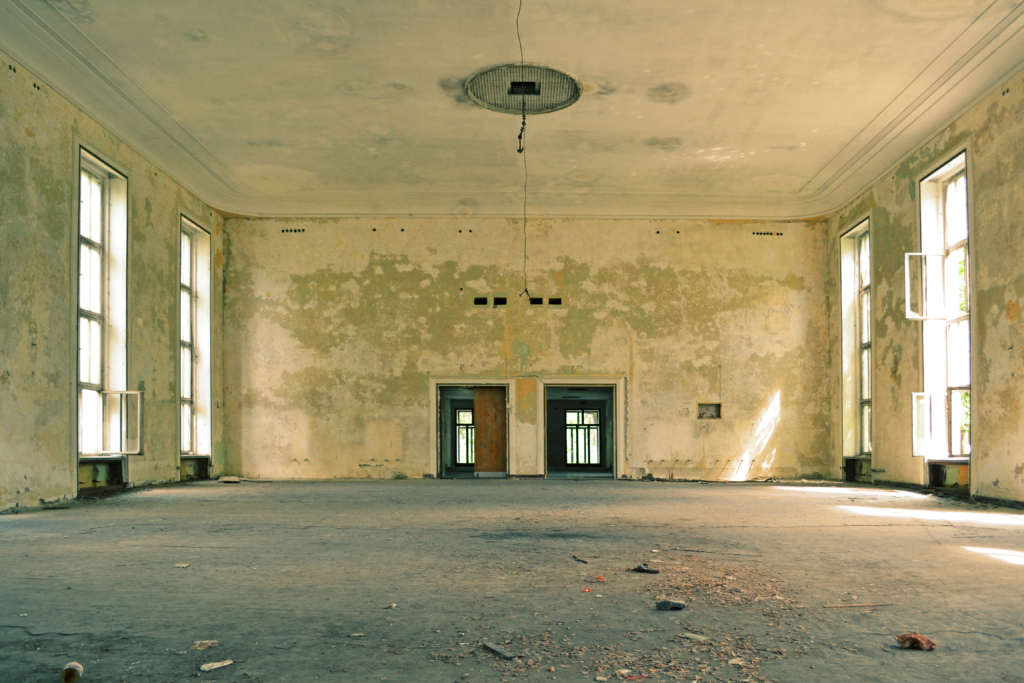Superfund and brownfield sites provide financial incentives to developers looking for an opportunity
The United States Environmental Protection Agency (EPA) is adding hazardous waste sites to the Superfund program’s National Priorities List (NPL). The Superfund law directs the EPA to update the National Priorities List annually. Only sites added to the National Priorities List are eligible to receive federal funding for long-term permanent cleanup. In May, a Superfund Task Force was formed to provide recommendations on how the EPA can restructure the cleanup process. On July 25, the Superfund Task Force released its report, which identifies 14 strategies and 42 specific recommendations to achieve the following five goals: expediting cleanup and remediation, reinvigorating responsible party cleanup and reuse, encouraging private investment, promoting redevelopment and community revitalization and engaging partners and stakeholders.

The EPA is creating a “top-10 list” of key sites where nearby residents are in harm’s way so that the agency can aggressively address those locations. The plan is to target sites where decontamination is estimated to cost $50 million or more. There are 1,300 Superfund sites nationwide, and more than 100 sat dormant for at least five years with no formal remedy plan.
The EPA is looking into a Superfund cleanup of a neighborhood around an old smelter in Pueblo, Colorado. The EPA plans to identify and remove soil contaminated with lead and arsenic from the smelter, which processed silver and lead in the area from 1883 until 1908. The neighborhood was added to the Superfund list in 2014. The current cleanup plan is expected to cost $44 million.
The EPA also targets cleanup of areas that are known as brownfields. In Toledo, Ohio, a project called the Toledo East Riverfront Phase I will restore 21 acres of former brownfields along the Maumee River. The project will cost $2.7 million and $500,00 of the funding will come from a grant provided by Sustain our Great Lakes, a public-private partnership supporting the restoration of the Great Lakes Basin.
A brownfield is a property that has the potential presence of a hazardous substance, pollutant or contaminant. The grant money assists in cleaning up the land for expansion, redevelopment or reuse. According to the Environmental Protection Agency, it is estimated that there are more than 450,000 brownfields in the United States.
Providing site assessments and cleaning up a brownfield is not only good for the environment, but it also provides opportunities for businesses looking to spend millions to build on this safe and hazardous-free land. The largest and most prominent type of brownfields is former industrial properties, such as old factories. However, a wide variety of land uses, from former gas stations to laundromats and beyond, can be brownfields sites as well.
Sheboygan County announced recently it has received a $300,000 grant from the EPA for a brownfield assessment, the second such grant it has been awarded. The grant will focus primarily on a formerly industrial area of the Wiconsins’s city of Sheboygan, which has been targeted for redevelopment for a number of years. The area is bordered approximately by Indiana Avenue on the south, the Sheboygan River on the north, South 9th Street on the east, and South 15th Street on the west.
The Baltimore Development Corp. is planning redevelopment for a business complex in the Bridgeview/Greenlawn neighborhood. A request for proposals was released to buy and redevelop the complex, which includes two commercial buildings and a 33,000 square-foot lot. The mixed-use zone blends commercial, industrial and residential uses of the area. The site may also be eligible for brownfield tax credits, since it is an enterprise zone. Proposals must be submitted on Nov. 6. An on-site conference will be held on Aug. 28.
Strategic Partnerships, Inc. is your leading source for P3 News. Sign up for our free weekly e-newsletters to ensure you never miss out.

 512-531-3900
512-531-3900 Request More Info
Request More Info